We’re seeing a mass extinction of animals and plants from the face of the earth at a frightening pace. It’s strange to think that our children or grandchildren will live in a world where giraffes or white rhinos could cease to exist in the wild – could, perhaps, vanish altogether.
Every Pixels is one animal. The more pixelated the image, the closer it is to extinction.
The World Wildlife Fund wanted to shine a spotlight on the often-forgotten but still looming tragedy, so they worked with creative designers Nami Hoshino, Yoshiyuki Mikami, and Kazuhiro Mochizuki at Hakuhodo C&D in Tokyo to create the concept of population pixelation.
Image Credit: JJSmooth44
Image Credit: JJSmooth44
Recently, Imgur user JJSmooth44 made a followup to the project then posted it on Imgur and Reddit, and people seem just as taken.
Image Credit: JJSmooth44
Image Credit: JJSmooth44
The results, as you can see, are stark and sad.
Image Credit: JJSmooth44
Sadder still? These population declines are all driven by humans.
Image Credit: JJSmooth44
Image Credit: JJSmooth44
Will we do something to turn the tide in time?
Image Credit: JJSmooth44
That remains to be seen.
Image Credit: JJSmooth44
But as long as there are a few pixels left, there’s still hope.
The post These Pictures of Endangered Animals Have as Many Pixels as There Are Remaining Members of the Species appeared first on UberFacts.



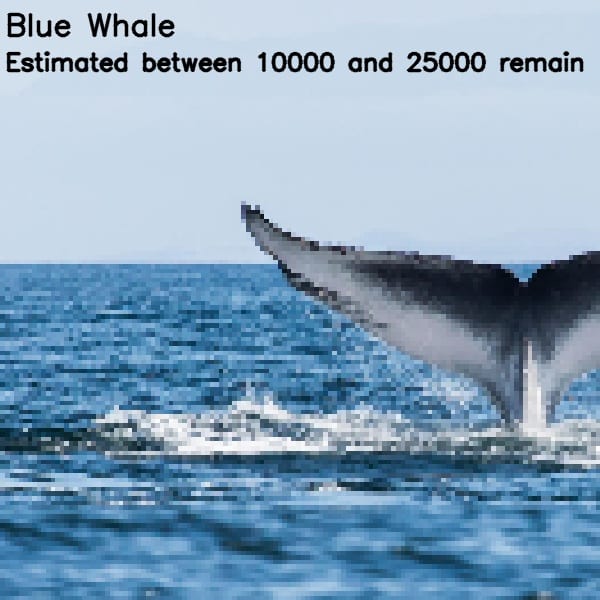





 (@ColleenB123)
(@ColleenB123) 



 (@Bumble6671)
(@Bumble6671) 
 (@ZackarysMama118)
(@ZackarysMama118) 


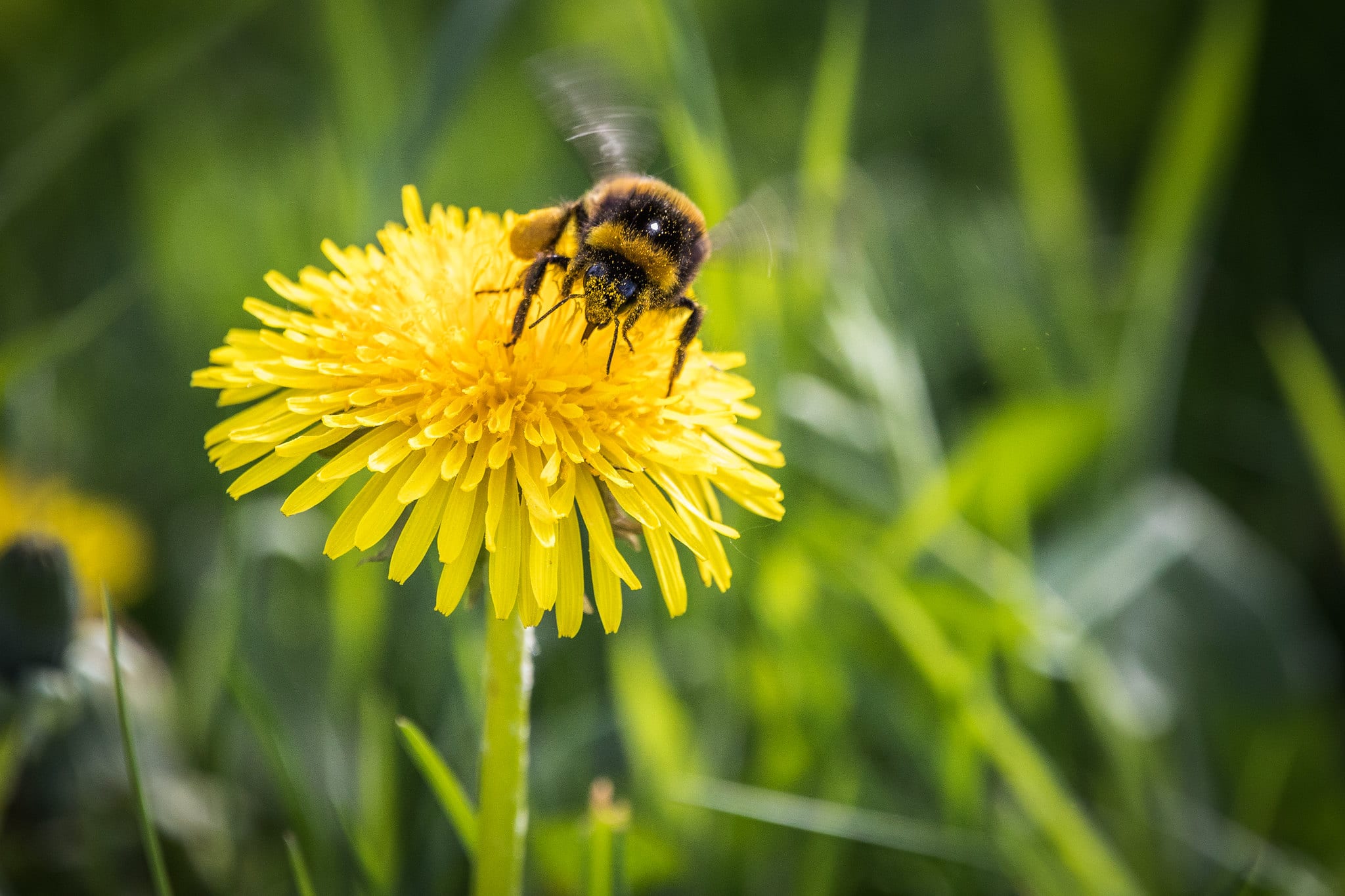




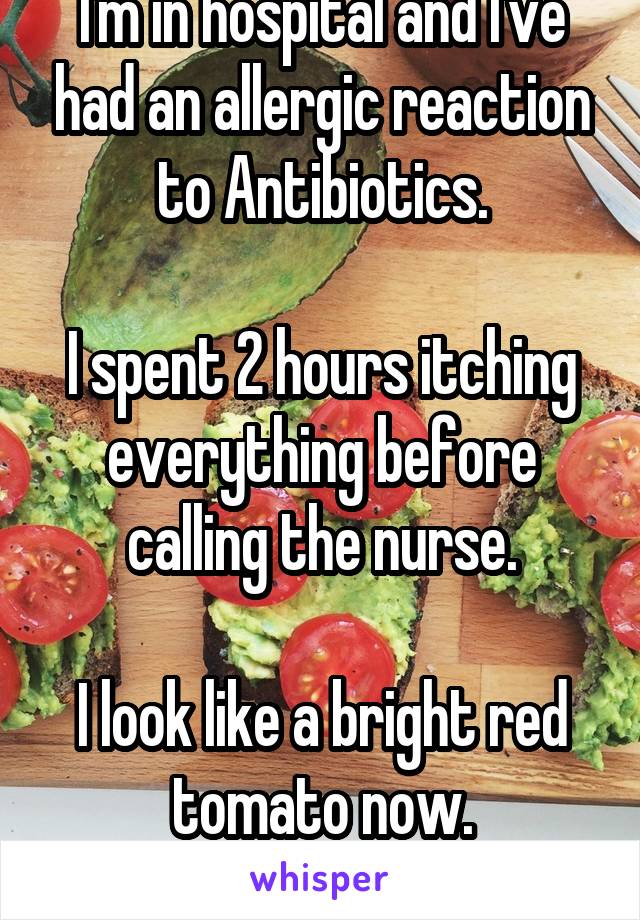

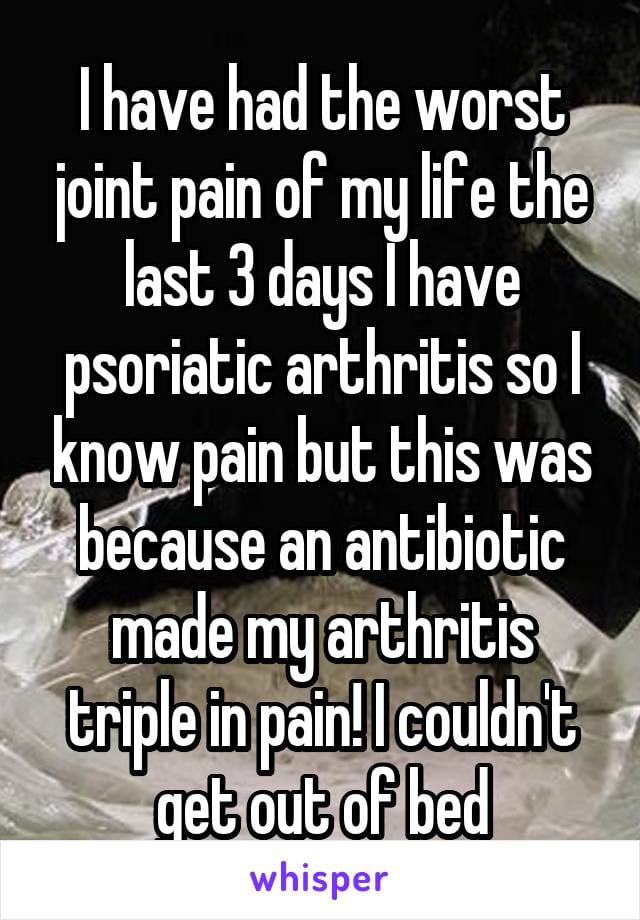






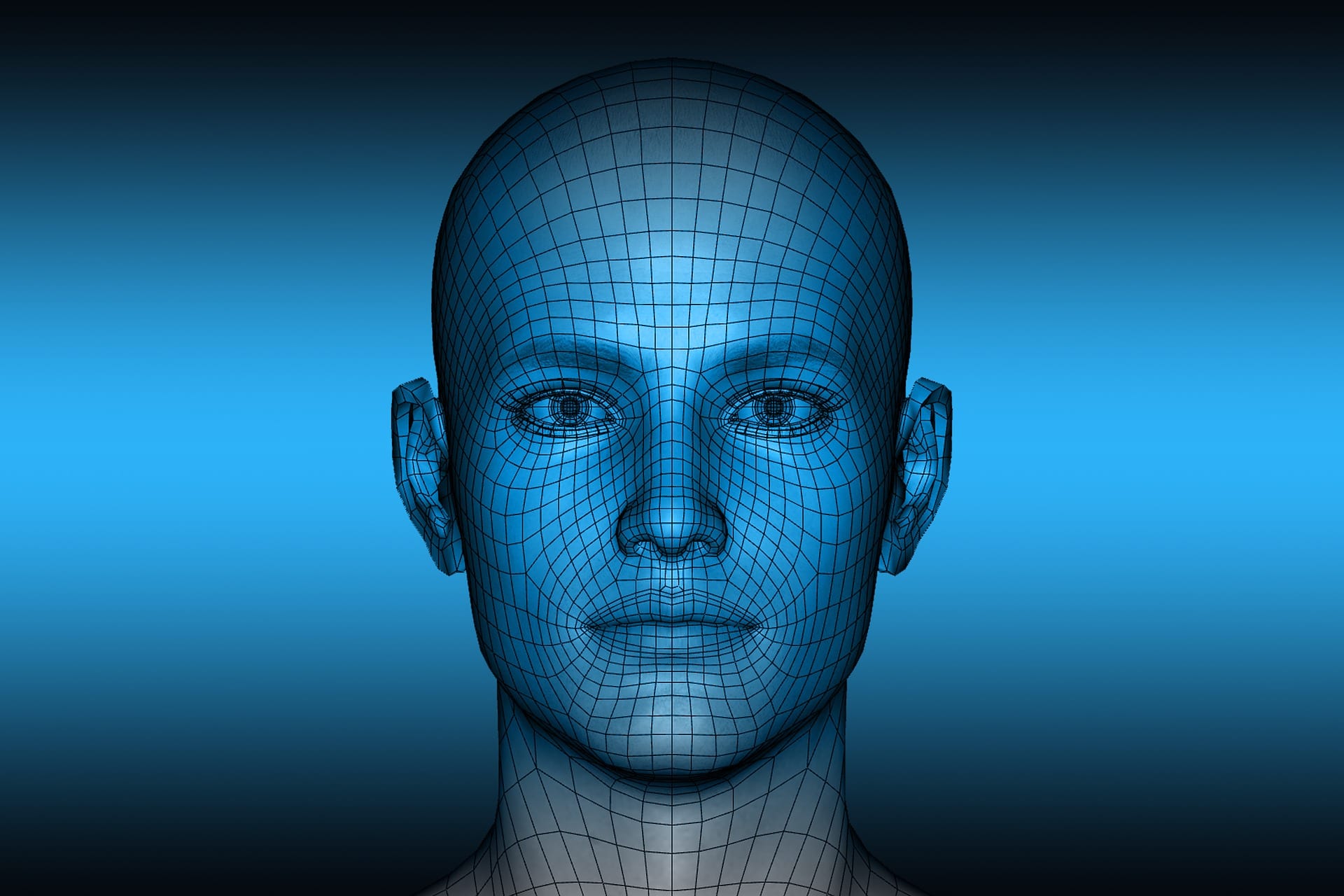

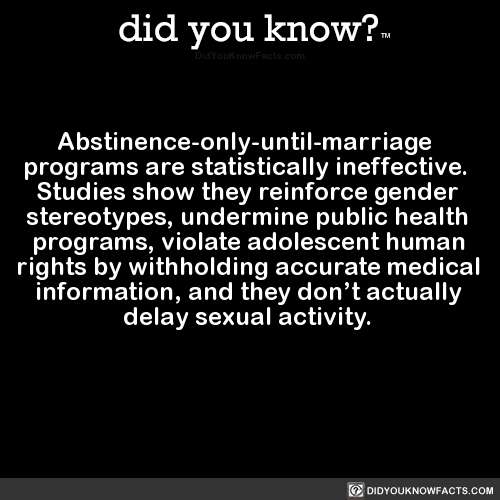


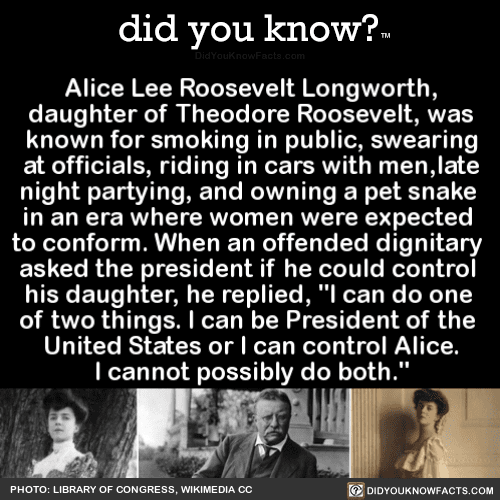

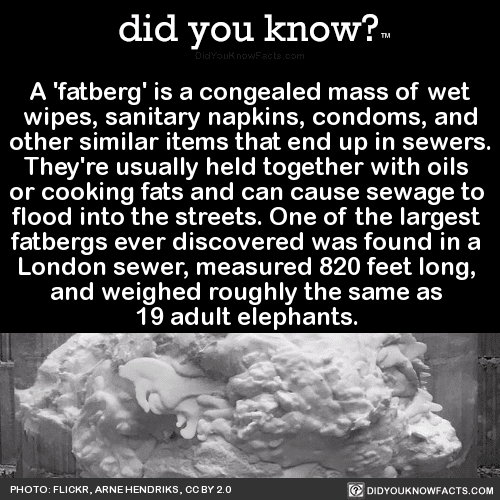

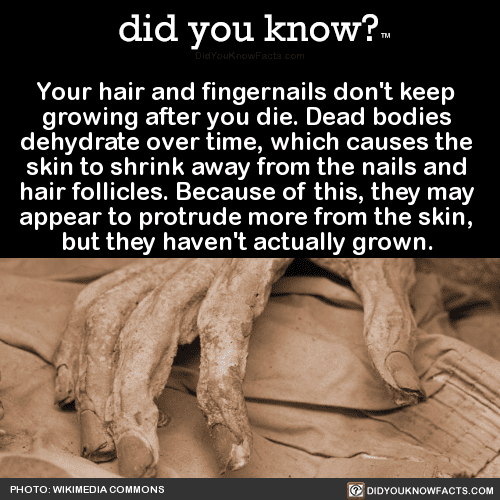
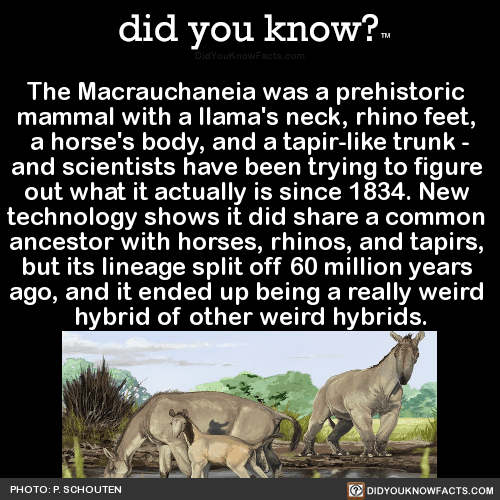



 Tag a friend and follow @natureeslife for more
Tag a friend and follow @natureeslife for more  Credit:@paultje_nl • • • • • • #wildlifeonearth #wildlifeowners #wildlifephotography #wildlifeaddicts #wildlifeindia #seewildlife #destination_wild #ourwildlifedays #wildglobe #natgeowild #tigers #animalelite #giraffe #wildgeography #thedodo #naturelife #wondermore #folkcreative #animals #fantasticearth #earthscope #stayandwonder #discoverearth #roamtheplanet #moodygrams #giraffes #exploretocreate #artofvisuals #visualambassadors #fantasticearth
Credit:@paultje_nl • • • • • • #wildlifeonearth #wildlifeowners #wildlifephotography #wildlifeaddicts #wildlifeindia #seewildlife #destination_wild #ourwildlifedays #wildglobe #natgeowild #tigers #animalelite #giraffe #wildgeography #thedodo #naturelife #wondermore #folkcreative #animals #fantasticearth #earthscope #stayandwonder #discoverearth #roamtheplanet #moodygrams #giraffes #exploretocreate #artofvisuals #visualambassadors #fantasticearth . . . #animalovers #animalphotography #animallovers #animalportraits #zoo #zoopraha #praha #prague #praguezoo #naturelover #naturephotography #cute #cuteanimals #summer #summer2019 #canon #canon1200d #50mm #bokeh #praguecity #praguestagram #czechrepublic #czechtourism #czechia #visitcz #czech #giraffe #giraffes #zirafa #travelphotography
. . . #animalovers #animalphotography #animallovers #animalportraits #zoo #zoopraha #praha #prague #praguezoo #naturelover #naturephotography #cute #cuteanimals #summer #summer2019 #canon #canon1200d #50mm #bokeh #praguecity #praguestagram #czechrepublic #czechtourism #czechia #visitcz #czech #giraffe #giraffes #zirafa #travelphotography


 (@MantoNtusi)
(@MantoNtusi)  (@bravogirl9)
(@bravogirl9) 